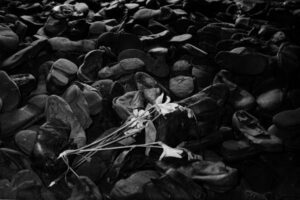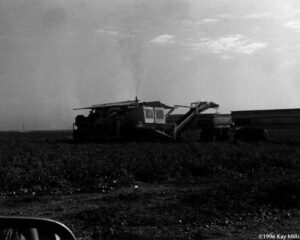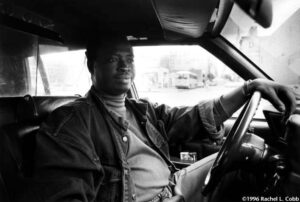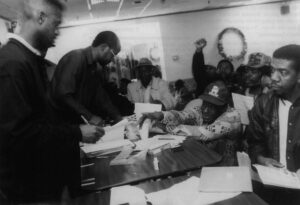
The Reproachful Voices of the Dead
Text and photos by Jill Freedman A child at the Holocaust Memorial in Miami Beach touches the face of a child. At least one and one-half million Jewish children were murdered in the Holocaust. The German and their henchmen were brutal, throwing children out of




